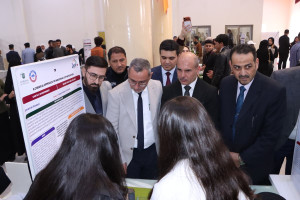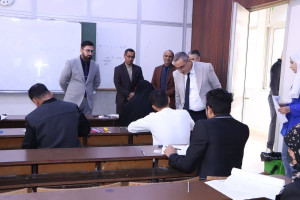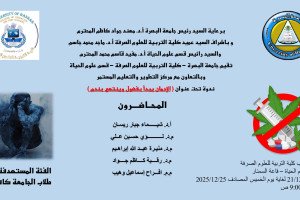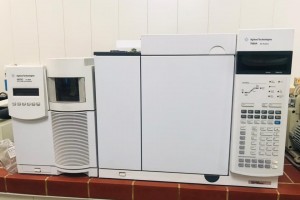
Teaching Dr. Ahmed Jassim Hammoud Al-Maliki in the Department of Physics at the College of Education for Pure Sciences published a scientific paper entitled “Dielectric absorption and its relationship to ferromagnetic behavior in (Cr, Ni) 4H - SiC compounds for microwave applications” with the participation of Iraqi and foreign researchers in the Dutch Journal of molecular structure within the Publishing house ELSEVIER and cataloged within SCOPUS and Clarivate containers. The research included the study of microwave (MW) and wireless communication circuits, which are rapidly developing. While humans are more concerned with electromagnetic wave (EMW) pollution, which has attracted widespread attention, due to its undesirable effects on human life, biological health and micro-instrument. For example, nano-magnetism can actually delay EMW contamination. To avoid EMW contamination caused by electronic and communication systems, Cr-doped 4H-SIC is used, where Cr behaves as donor or the conductor and dielectric properties of SIC can be changed by n- or MW range, and only excellent insulator and EM matching (useful) can be obtained For excellent absorption performance in megawatts), MW. One of the most promising MW absorbents is silicon carbide (SIC); It possesses wide waveband, strong adsorption and thinness, which shows good thermal stability and excellent mechanical strength at elevated temperature (28). But unfortunately, Sic suffers from poor dielectric/magnetic properties and poor conductivity which greatly limit its applications. SIC can be obtained by doping this compound in the crystal growth process, and the arrangement and expansion induced by implantation may lead to the formation of high-spin transition metal (TM) systems (301. Take for example, the Cr ions used to overcome the SiC hindrance results in a ground state It spins with an optional narrow, spectrally isolated interface and spin selectivity
 .
.







